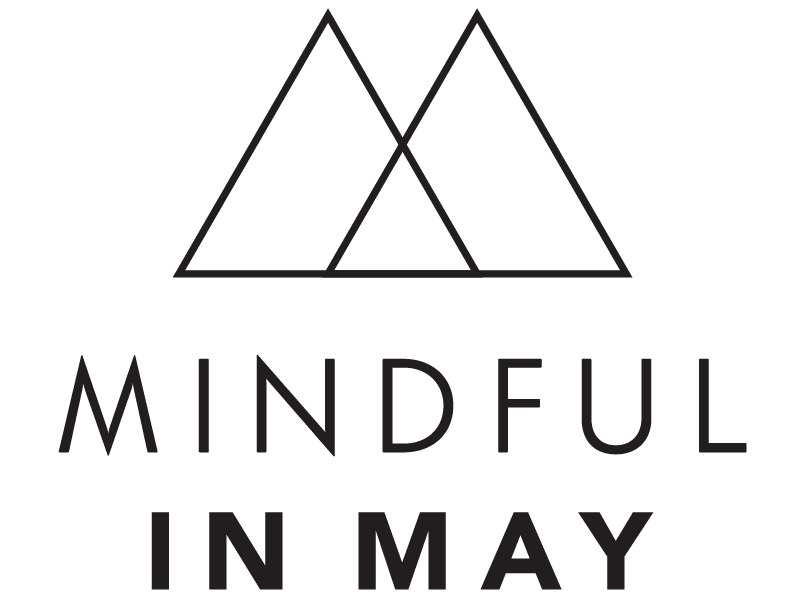Day Nine
TODAY'S MEDITATIONS
Seeing as meditation with Bodhipaksa
Bodhipaksa teaches meditation and Buddhism full-time through Wildmind, the online meditation center he founded in 2000. He also leads retreats and workshops around the world. He is known for his accessible and down-to-earth approach to practice. He’s the author of several books, the most recent of which were “This Difficult Thing of Being Human” and “A Year of Buddha’s Wisdom.” Born in Scotland, he now lives in New Hampshire and has two children and two dogs. You can learn more about his work at Wildmind.
Mindfulness Of Breath And Sound with Elise Bialylew
A meditation for children
Mindful Listening with Susan Kaiser Greenland
Susan Kaiser Greenland is an internationally recognized leader in teaching mindfulness and meditation to children, teens, and families. She played a foundational role in making mindfulness practices developmentally appropriate for young people and helped to pioneer activity-based mindfulness with her first book The Mindful Child. Her second book, Mindful Games, offers simple explanations of complex concepts, methods, and themes while expanding upon her work developing activity-based mindfulness games. In addition, Susan has recorded a series of brief guided meditations for grownups entitled Mindful Parent, Mindful Child.
LISTENING TO THE SILENCE
We use all our sense as anchors for training our attention. We can use each of the senses as anchors for our meditation. Whether touch, taste, sight, sound, smell, tuning into our senses in everyday life brings us back into presence.
Being mindful of sounds, our hearing is one of the most common ways of training our attention to be where we want it to be.
If you’re new to meditation, you’ll probably find this practice very helpful. New meditators often find it a lot easier to focus on sounds, rather than something more subtle like the breath. Use whatever practices you find most supportive.
We are present to the sounds, but we don’t get too interested or involved in a way that will carry our attention off somewhere else to thoughts and stories.
I invite you to try using sound as an anchor for your practice. This means that if you’re meditating and, say, your neighbour’s car alarm goes off, this repetitive beeping just becomes part of the meditation. We just notice it without creating judgements or reactions - simply observe what you're feeling rather than trying to change it.
In this way, mindfulness meditation helps develop our frustration threshold, which in turn helps us find emotional balance. As American novelist and political activist Anne Lamott wisely wrote,
“It’s good to do uncomfortable things. It’s weight training for life.”
The triggers we discover during our meditation practice often reflect where we get easily triggered in life.
Through mindfulness, you can learn to let go more easily of that which you cannot control and tolerate the constant changes that happen in life.
stay on track
[progressally_objectives]
[progressally_progress_pie_chart size="80"]






